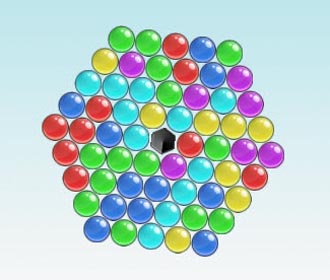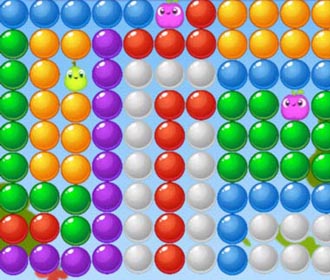

“In the magnetic field that we typically use, atomic bar-magnets of the NV centres will spin about 2.8 billion times per second, whereas the carbon-13 will spin about 5,000 times per second,” says Dr Wood. A green laser is used to both create and read the quantum state. The diamond is mostly non-magnetic carbon-12 atoms, but contains a small number of magnetic carbon-13. The grid pattern represents the atomic structure of the diamond.

For their experiments, the researchers mounted a diamond with quantum sensors (NV centres, in blue) on a rotating spindle. It involves rotating the whole diamond at high speeds. To do this the team, working in the laboratory of Professor Robert Scholten, used a technique from classical physics. The solution is to trick the NV centre into thinking the atomic bar magnets of the carbon-13 atoms have stopped spinning. The problem with stopping the carbon-13 spinning is that the NV centre electrons would also stop spinning, and this spinning is crucial to how these quantum sensors work. This can be achieved using synthetically engineered and expensive isotopically pure carbon-12 diamonds, or by stopping the carbon-13 atoms from spinning. Minimising the noise from carbon-13 increases the sensitivity of quantum sensors, which should lead to greater insights into the nanoscale world. “The spinning atomic bar magnetics of the carbon-13 atoms create prickles in the magnetic field – they interact with the NV centres, affecting its coherence and ability to sense,” says Associate Professor Martin. Seeing the electricity inside graphene for the first time Associate Professor Andy Martin, who led the Australian Research Council funded study, says that maintaining the quantum state of NV centres is hard.

Quantum states rely on a property called coherence, which is sensitive to environmental ‘noise’ that can lead to a loss of the quantum state, known as dephasing. And, like a bar magnet, if you put a carbon-13 nucleus in a magnetic field, it spins.” “Like electrons, the nucleus of each of these carbon-13 atoms is like a little bar magnet. “However, about 1 in every 100 carbon atoms is a carbon-13. Most are what is called carbon-12, which is pretty boring,” says Dr Wood. “In a diamond you have two kinds of carbon. And if we put an electron in a magnetic field, it will spin very rapidly.”īut the electrons in NV centres aren’t the only magnets in a diamond. “An electron is essentially a bar magnet,” says Dr Alexander Wood from the School of Physics at the University of Melbourne, who was first author on the Nature Physics paper.

Photon teleportation: Less 'beam me up', more 007 This is an atomic-level flaw, where a nitrogen atom replaces a carbon atom, trapping electrons in a quantum state. Quantum sensors are highly sensitive and among their many promising applications they are ushering in a new era of MRI (Magnetic Resonance Imaging) that is making visible the tiny details inside cells and proteins.Ī particularly promising quantum sensor is the nitrogen vacancy (NV) centre, found in diamonds. In new research published in Nature Physics, a group of physicists from the University of Melbourne have found a way to reduce the noise experienced by quantum sensors just by spinning them. Picture: UCI UC Irvine/Flickrīut the solution isn’t always on such a grand scale. The Large Hadron Collider at CERN is the world’s largest and most powerful particle accelerator. Scientists have to send telescopes into space to avoid the noise of our atmosphere if they are to see the details of the most distant galaxies. They had to build the world’s largest and most powerful particle accelerator to see the tiny signal from the Higgs Boson particle, and the world’s longest and most sensitive ruler to see gravitational waves. To reduce it, they often need to come up with large, expensive solutions. Interference from light, vibrations, electromagnetic radiation and sound can be annoying it messes with our sleep and can interfere with our electrical equipment.įor physicists who study the very small and the very far away, noise can be a deal-breaker.


 0 kommentar(er)
0 kommentar(er)
